Sabita Maharjan
Senior Member, IEEE
Balancing Explainability-Accuracy of Complex Models
May 23, 2023Abstract:Explainability of AI models is an important topic that can have a significant impact in all domains and applications from autonomous driving to healthcare. The existing approaches to explainable AI (XAI) are mainly limited to simple machine learning algorithms, and the research regarding the explainability-accuracy tradeoff is still in its infancy especially when we are concerned about complex machine learning techniques like neural networks and deep learning (DL). In this work, we introduce a new approach for complex models based on the co-relation impact which enhances the explainability considerably while also ensuring the accuracy at a high level. We propose approaches for both scenarios of independent features and dependent features. In addition, we study the uncertainty associated with features and output. Furthermore, we provide an upper bound of the computation complexity of our proposed approach for the dependent features. The complexity bound depends on the order of logarithmic of the number of observations which provides a reliable result considering the higher dimension of dependent feature space with a smaller number of observations.
Deep Reinforcement Learning and Permissioned Blockchain for Content Caching in Vehicular Edge Computing and Networks
Nov 19, 2020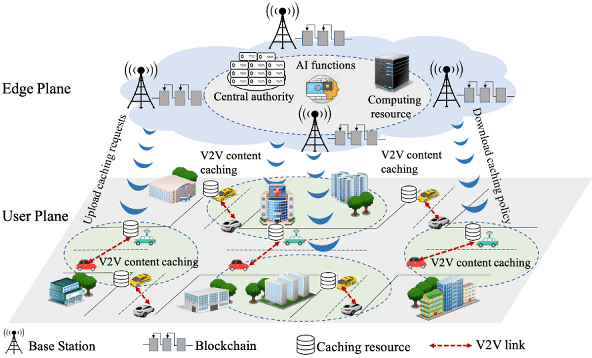

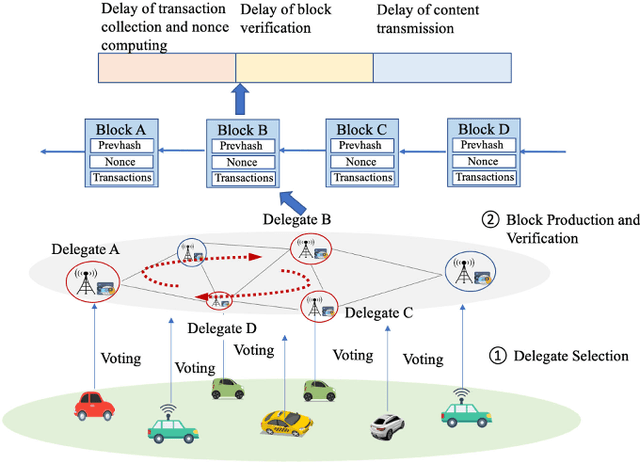
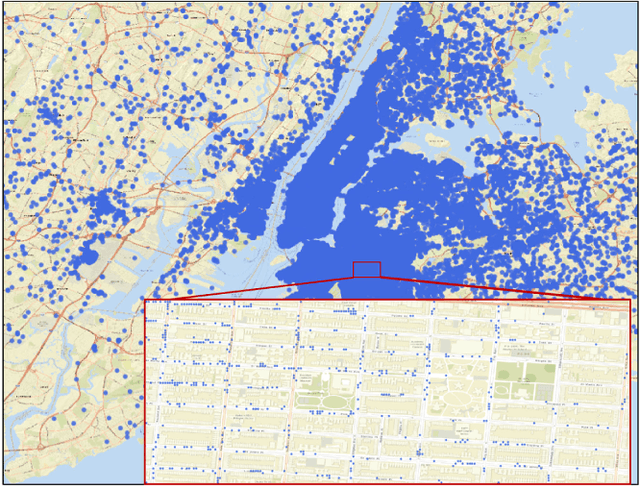
Abstract:Vehicular Edge Computing (VEC) is a promising paradigm to enable huge amount of data and multimedia content to be cached in proximity to vehicles. However, high mobility of vehicles and dynamic wireless channel condition make it challenge to design an optimal content caching policy. Further, with much sensitive personal information, vehicles may be not willing to caching their contents to an untrusted caching provider. Deep Reinforcement Learning (DRL) is an emerging technique to solve the problem with high-dimensional and time-varying features. Permission blockchain is able to establish a secure and decentralized peer-to-peer transaction environment. In this paper, we integrate DRL and permissioned blockchain into vehicular networks for intelligent and secure content caching. We first propose a blockchain empowered distributed content caching framework where vehicles perform content caching and base stations maintain the permissioned blockchain. Then, we exploit the advanced DRL approach to design an optimal content caching scheme with taking mobility into account. Finally, we propose a new block verifier selection method, Proof-of-Utility (PoU), to accelerate block verification process. Security analysis shows that our proposed blockchain empowered content caching can achieve security and privacy protection. Numerical results based on a real dataset from Uber indicate that the DRL-inspired content caching scheme significantly outperforms two benchmark policies.
Edge Intelligence for Energy-efficient Computation Offloading and Resource Allocation in 5G Beyond
Nov 18, 2020



Abstract:5G beyond is an end-edge-cloud orchestrated network that can exploit heterogeneous capabilities of the end devices, edge servers, and the cloud and thus has the potential to enable computation-intensive and delay-sensitive applications via computation offloading. However, in multi user wireless networks, diverse application requirements and the possibility of various radio access modes for communication among devices make it challenging to design an optimal computation offloading scheme. In addition, having access to complete network information that includes variables such as wireless channel state, and available bandwidth and computation resources, is a major issue. Deep Reinforcement Learning (DRL) is an emerging technique to address such an issue with limited and less accurate network information. In this paper, we utilize DRL to design an optimal computation offloading and resource allocation strategy for minimizing system energy consumption. We first present a multi-user end-edge-cloud orchestrated network where all devices and base stations have computation capabilities. Then, we formulate the joint computation offloading and resource allocation problem as a Markov Decision Process (MDP) and propose a new DRL algorithm to minimize system energy consumption. Numerical results based on a real-world dataset demonstrate that the proposed DRL-based algorithm significantly outperforms the benchmark policies in terms of system energy consumption. Extensive simulations show that learning rate, discount factor, and number of devices have considerable influence on the performance of the proposed algorithm.
Deep Reinforcement Learning for Stochastic Computation Offloading in Digital Twin Networks
Nov 18, 2020



Abstract:The rapid development of Industrial Internet of Things (IIoT) requires industrial production towards digitalization to improve network efficiency. Digital Twin is a promising technology to empower the digital transformation of IIoT by creating virtual models of physical objects. However, the provision of network efficiency in IIoT is very challenging due to resource-constrained devices, stochastic tasks, and resources heterogeneity. Distributed resources in IIoT networks can be efficiently exploited through computation offloading to reduce energy consumption while enhancing data processing efficiency. In this paper, we first propose a new paradigm Digital Twin Networks (DTN) to build network topology and the stochastic task arrival model in IIoT systems. Then, we formulate the stochastic computation offloading and resource allocation problem to minimize the long-term energy efficiency. As the formulated problem is a stochastic programming problem, we leverage Lyapunov optimization technique to transform the original problem into a deterministic per-time slot problem. Finally, we present Asynchronous Actor-Critic (AAC) algorithm to find the optimal stochastic computation offloading policy. Illustrative results demonstrate that our proposed scheme is able to significantly outperforms the benchmarks.
Low-latency Federated Learning and Blockchain for Edge Association in Digital Twin empowered 6G Networks
Nov 17, 2020



Abstract:Emerging technologies such as digital twins and 6th Generation mobile networks (6G) have accelerated the realization of edge intelligence in Industrial Internet of Things (IIoT). The integration of digital twin and 6G bridges the physical system with digital space and enables robust instant wireless connectivity. With increasing concerns on data privacy, federated learning has been regarded as a promising solution for deploying distributed data processing and learning in wireless networks. However, unreliable communication channels, limited resources, and lack of trust among users, hinder the effective application of federated learning in IIoT. In this paper, we introduce the Digital Twin Wireless Networks (DTWN) by incorporating digital twins into wireless networks, to migrate real-time data processing and computation to the edge plane. Then, we propose a blockchain empowered federated learning framework running in the DTWN for collaborative computing, which improves the reliability and security of the system, and enhances data privacy. Moreover, to balance the learning accuracy and time cost of the proposed scheme, we formulate an optimization problem for edge association by jointly considering digital twin association, training data batch size, and bandwidth allocation. We exploit multi-agent reinforcement learning to find an optimal solution to the problem. Numerical results on real-world dataset show that the proposed scheme yields improved efficiency and reduced cost compared to benchmark learning method.
Distributed Deep Reinforcement Learning for Intelligent Load Scheduling in Residential Smart Grids
Jun 29, 2020
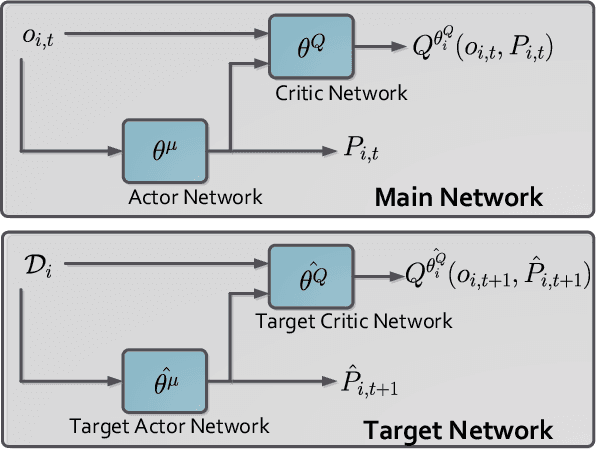
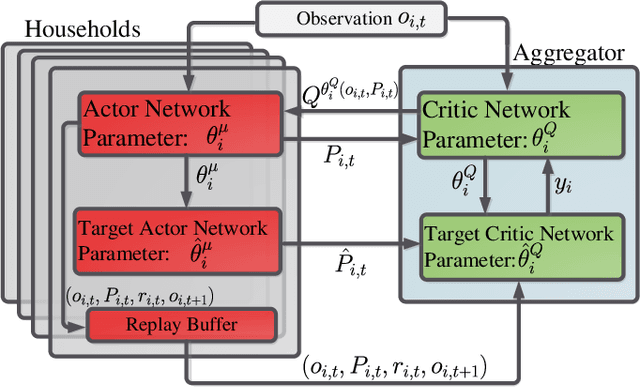
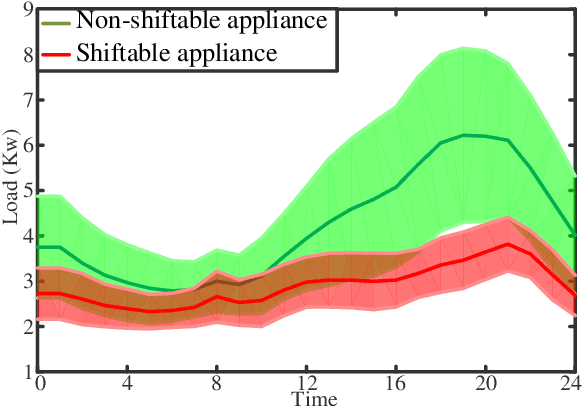
Abstract:The power consumption of households has been constantly growing over the years. To cope with this growth, intelligent management of the consumption profile of the households is necessary, such that the households can save the electricity bills, and the stress to the power grid during peak hours can be reduced. However, implementing such a method is challenging due to the existence of randomness in the electricity price and the consumption of the appliances. To address this challenge, we employ a model-free method for the households which works with limited information about the uncertain factors. More specifically, the interactions between households and the power grid can be modeled as a non-cooperative stochastic game, where the electricity price is viewed as a stochastic variable. To search for the Nash equilibrium (NE) of the game, we adopt a method based on distributed deep reinforcement learning. Also, the proposed method can preserve the privacy of the households. We then utilize real-world data from Pecan Street Inc., which contains the power consumption profile of more than 1; 000 households, to evaluate the performance of the proposed method. In average, the results reveal that we can achieve around 12% reduction on peak-to-average ratio (PAR) and 11% reduction on load variance. With this approach, the operation cost of the power grid and the electricity cost of the households can be reduced.
Deep Learning for Secure Mobile Edge Computing
Sep 23, 2017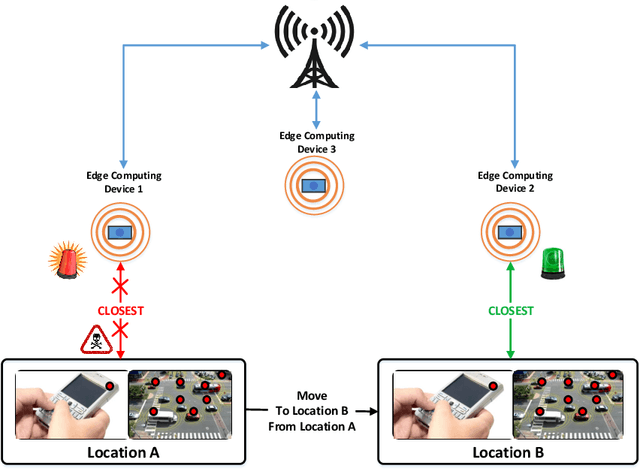



Abstract:Mobile edge computing (MEC) is a promising approach for enabling cloud-computing capabilities at the edge of cellular networks. Nonetheless, security is becoming an increasingly important issue in MEC-based applications. In this paper, we propose a deep-learning-based model to detect security threats. The model uses unsupervised learning to automate the detection process, and uses location information as an important feature to improve the performance of detection. Our proposed model can be used to detect malicious applications at the edge of a cellular network, which is a serious security threat. Extensive experiments are carried out with 10 different datasets, the results of which illustrate that our deep-learning-based model achieves an average gain of 6% accuracy compared with state-of-the-art machine learning algorithms.
Social Computing for Mobile Big Data in Wireless Networks
Sep 30, 2016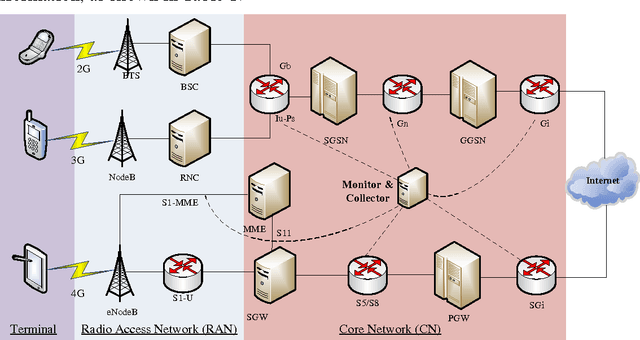
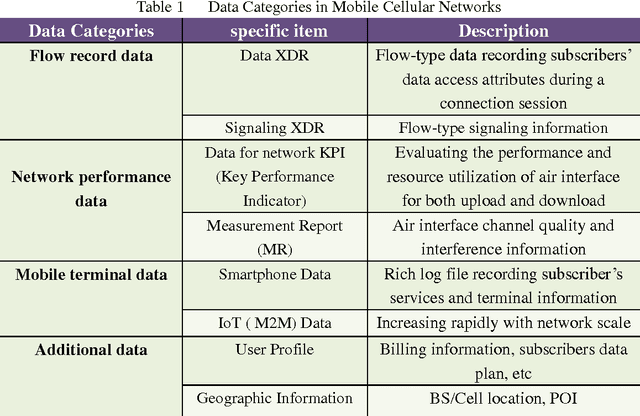
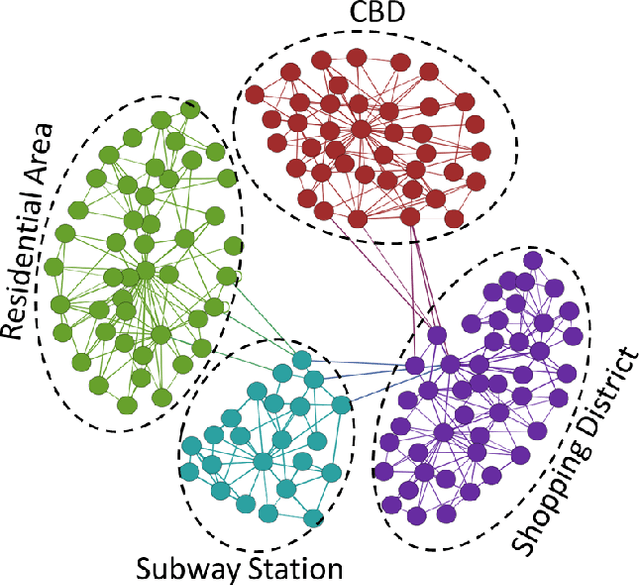
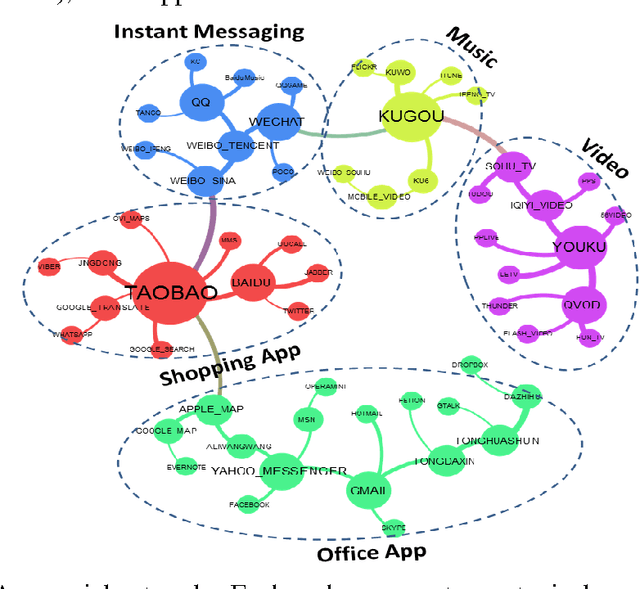
Abstract:Mobile big data contains vast statistical features in various dimensions, including spatial, temporal, and the underlying social domain. Understanding and exploiting the features of mobile data from a social network perspective will be extremely beneficial to wireless networks, from planning, operation, and maintenance to optimization and marketing. In this paper, we categorize and analyze the big data collected from real wireless cellular networks. Then, we study the social characteristics of mobile big data and highlight several research directions for mobile big data in the social computing areas.
* 8 papges, 3 figures, 1 tables
 Add to Chrome
Add to Chrome Add to Firefox
Add to Firefox Add to Edge
Add to Edge